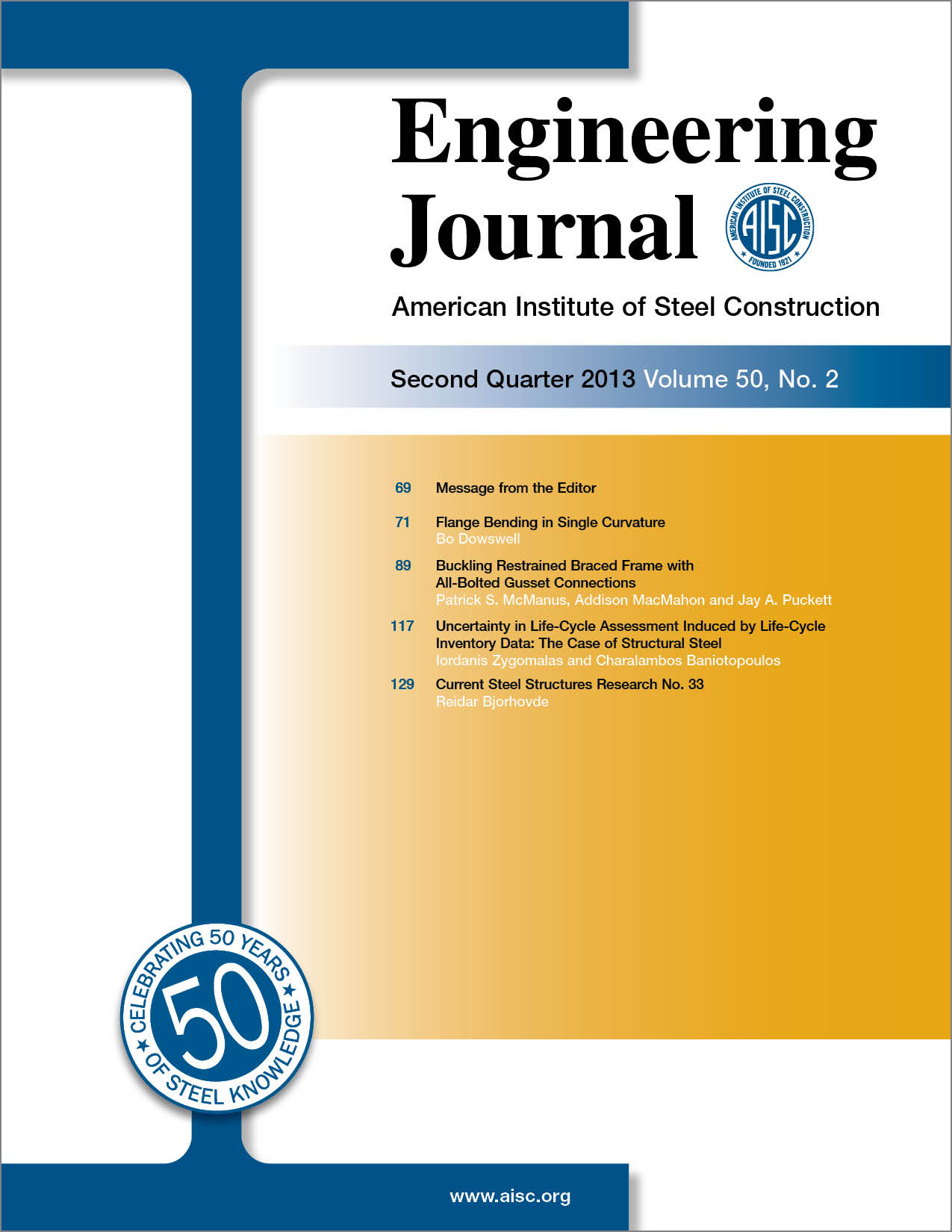Uncertainty in Life-Cycle Assessment Induced by Life-Cycle Inventory Data: The Case of Structural Steel
DOI:
https://doi.org/10.62913/engj.v50i2.1041Keywords:
life-cycle assessment (LCA), life-cycle inventory (LCI), uncertainty, structural steel, steel structuresAbstract
Life-cycle assessment (LCA) is currently widely used to quantify environmental impacts and thus support decision making within business sectors such as steel construction, which utilizes vast amounts of materials to deliver large-scale projects globally. Because the validity of LCA results greatly depends on the quality and appropriateness of the life cycle inventory (LCI) data referring to the environmental inputs and outputs associated with the examined subject, it is necessary to estimate the degree of uncertainty embedded in these data, which will inevitably be incorporated into the final LCA results. The purpose of this research is to examine the extent and the characteristics of uncertainty due to LCI data, based on findings for the case of commonly used structural steel components. Impact assessment results are calculated according to four relevant LCI databases and two assessment methods. The results are compared based on a detailed analysis of the impact caused for the production of the steel members. Major conclusions include the observation that data quality characteristics do not ensure the accuracy of the final LCA results because datasets referring to the same steel member type were found to lead to noticeable divergence. An overall lack of uniformity was observed within each of the mainly burdened impact indicators, while the influence of system boundaries was also examined. Issues concerning the collection of primary LCI data were raised, and it was also shown that different impact assessment methods provide different perspectives, which result in a more complete and factual approach.

